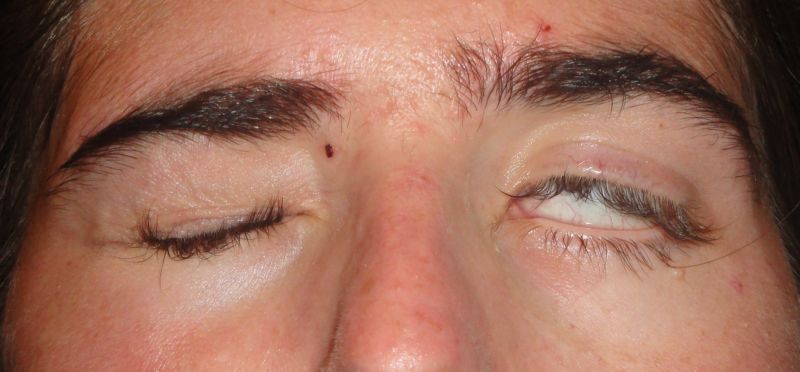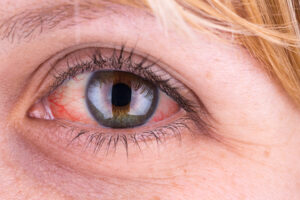Eye diseases
Lagophthalmos

What is lagophthalmos?
Lagophthalmos is an eye disorder that can affect one or both eyes, and prevents you from closing your eyelids fully, leaving part of the eye’s surface permanently exposed. The name of this diseases come from the Greek meaning “hare’s eye”, as these animals are thought to sleep with their eyes open.
Despite not seeming to be a serious disorder, it can actually affect the integrity of the eye and considerably reduce the quality of eyesight and ocular well-being. Furthermore, the eyelids are unable to distribute tears correctly over the eye’s surface, which means it is more exposed and vulnerable to infection or injury due to the entry of foreign bodies.
Symptoms
Causes and risk factors
Treatment
If you suffer from lagophthalmos, you will probably notice that your eyes often stay slightly open even when you try to close them. The fact that part of the eye’s surface remains permanently exposed causes problems of dry eye and eye discomfort, such as irritation and soreness, a stabbing feeling and even pain, among others. Without the right treatment, this discomfort could lead to complications to the eye that damage the cornea.



